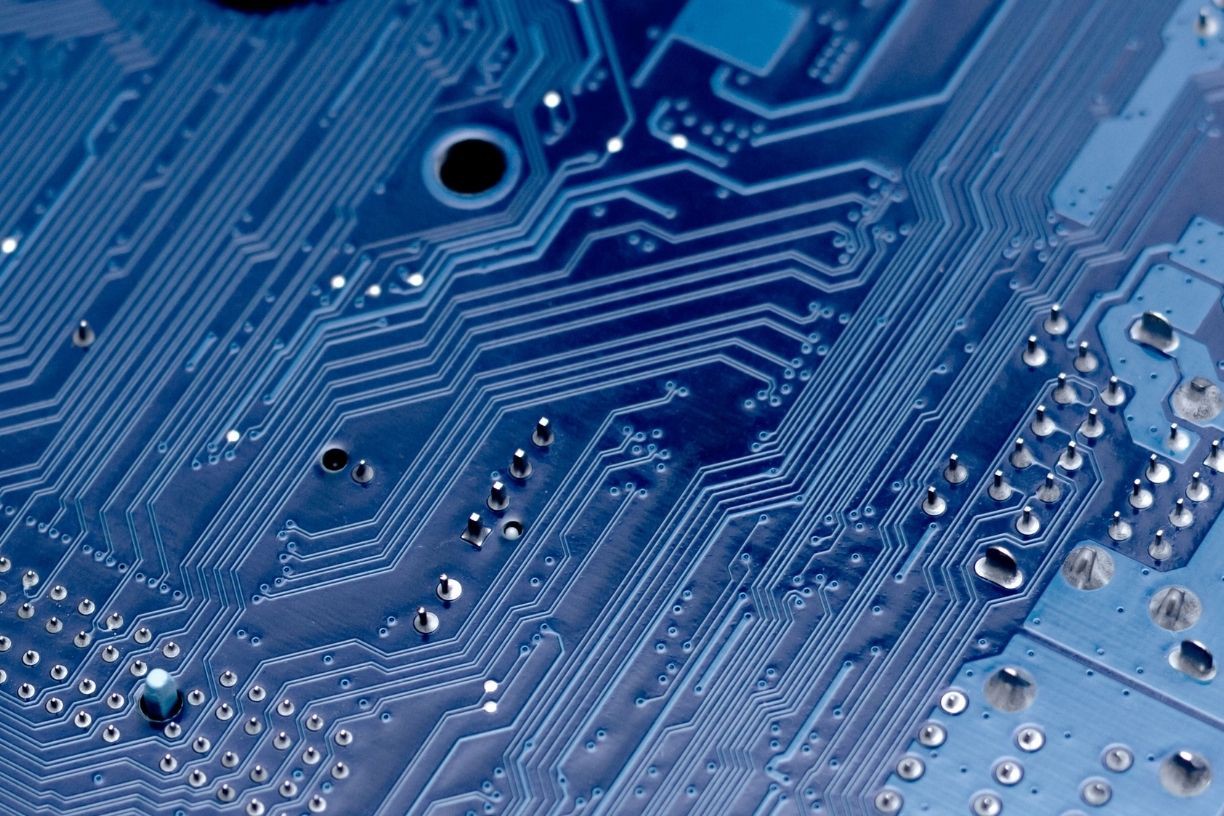Printed circuit boards are the foundational building blocks of electronic designs—consider them similar to the tiny pieces that make up a LEGO creation. Instead of piles of plastic pieces, numerous intricate components make up present-day PCBs. Knowledgeable understanding of the function and placement of these PCB components is key to designing and building electronic products.
Many individuals utilize printed circuit board technology without considering what all goes into their assembly. Whether you’re a beginner PCB designer or want to learn more about the industry of electrical engineering, you should become knowledgeable about a PCB’s core setup. Utilizing the right components prevents PCB quote delays during manufacturing. Let’s examine closer the most commonly used components on printed circuit boards.
Capacitors
Capacitors are common PCB parts that provide power—but not directly as a source. Rather, capacitors capture and store energy, only releasing an electrical current when required. When a main source of power fails, capacitors are there as a trusty backup. These large cylinders act similar to batteries and look like gumdrops.
Resistors
Out of all the most commonly used components on printed circuit boards, resistors are number one in significance. Resistors are passive components that do exactly as their name implies: resist electric current. This comes in handy on a PCB to regulate and control the flow of electric currents. Resistor design converts electrical energy to heat to set circuit parameters for device application. You will find this color-coded to prevent overloading voltage.
Transistors
Transistors on printed circuit boards are fundamental for controlling electrical signals. As these signals travel through a board, a semi-conductor transistor acts as a switch or input amplifier. Transistors are critical in today’s electronic devices and gadgets due to their multi-functionality and versatility. With a small size and longer-life capacity, this three-terminal device transforms a PCB’s operational capabilities.
Transformers
Comparable to any transformer on the modern market, PCB transformers are the backbone of energy transference. Their role is to control current flow by reducing energy amounts into manageable measures. The function of this core component proves beneficial to maintain energy loads and minimize the burden on electronic equipment.
Diodes
Speaking of current control, diodes are vital directional parts for PCB electrical currents. If you look over the design of a printed circuit board, the schematics should showcase an arrow that indicates a singular preset current direction. Diodes are of the essence to block incorrect energy flow and prevent equipment damage.
Inductors
Inductors store electrical current power as magnetic energy. These passive two-terminal components are insulated wires wound around a coil and core material. The selection parameters for inductors in PCBs are carefully chosen for application. Inductors can stop, change, and block alternating currents.
Integrated Circuits
Printed circuit boards are complex puzzles with a slew of pieces. That being said, ICs complete this list of common components. Integrated circuits are intricate chips containing numerous components, specifically created for a preset power function. All in all, these various components are attachable to PCBs in a wide array of ways. Any electronic product is possible with the right design and layout.







